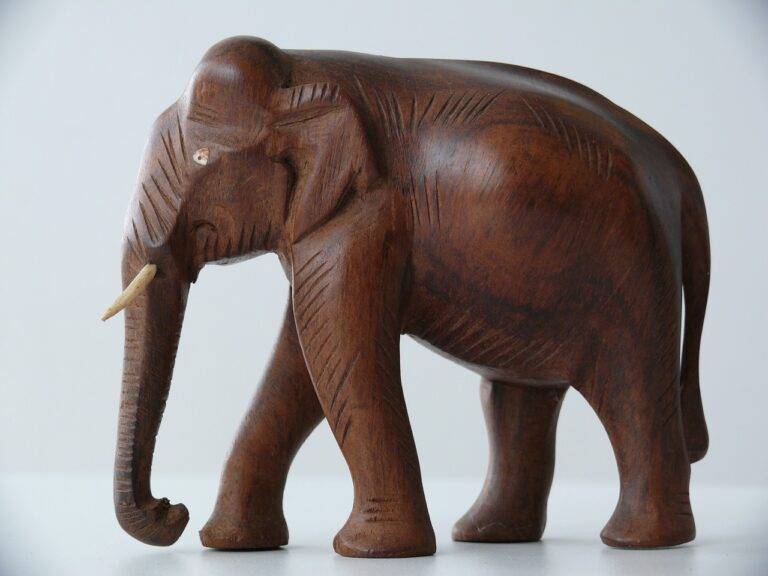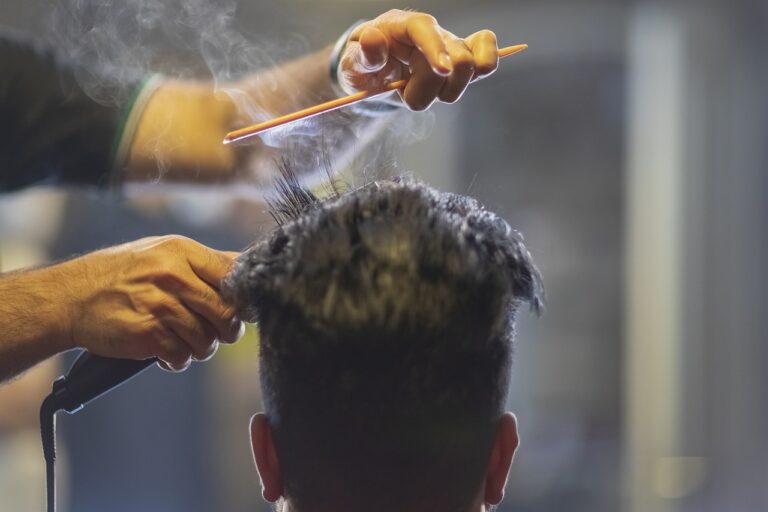The Psychology of Fashion: How Clothing Choices Impact Mood and Behavior
Colors play a significant role in dictating our emotional responses, often sparking immediate reactions based on their hues. Blue, for instance, is commonly associated with feelings of calmness and serenity, making it a popular choice for creating tranquil environments. On the other hand, red is known to evoke passion and energy, making it an ideal option to create a sense of urgency or excitement.
Research has shown that warm colors like yellow and orange can induce feelings of happiness and optimism, whereas cool tones such as green and purple can convey tranquility and creativity. Understanding the psychological impact of colors can help individuals make informed decisions when designing spaces or using color in various aspects of their lives. By harnessing the power of color, one can effectively influence their own emotions as well as those of others around them.
How Clothing Fit Affects Self-Perception
The way our clothing fits on our bodies plays a significant role in shaping our self-perception. When we wear clothing that fits well and flatters our body shape, we tend to feel more confident and positive about ourselves. On the contrary, ill-fitting clothing can make us feel self-conscious and less than satisfied with our appearance.
Research has shown that the perceived fit of clothing can impact how we view ourselves and how we believe others perceive us. When our clothing fits comfortably and accentuates our features in a positive way, we are more likely to project an image of confidence and self-assuredness. Conversely, wearing clothes that are too tight or too loose can lead to feelings of insecurity and discomfort, ultimately affecting our self-perception.
The Role of Texture in Comfort and Confidence
When it comes to comfort and confidence, the texture of the clothing we wear plays a significant role in how we feel about ourselves. Smooth and soft textures can evoke a sense of ease and relaxation, leading to a more confident demeanor. On the other hand, rough or uncomfortable textures can cause irritation and unease, impacting our overall comfort and subsequently affecting our confidence levels.
Additionally, the tactile experience of different textures can influence our perception of comfort and confidence. Clothing with luxurious textures may make us feel more pampered and upscale, boosting our self-assurance in social or professional settings. Conversely, fabrics with rough or abrasive textures can create a sense of discomfort, leading to a decrease in confidence as we become more preoccupied with our physical sensations.
• Smooth and soft textures can evoke a sense of ease and relaxation
• Rough or uncomfortable textures can cause irritation and unease
• Luxurious textures may make us feel more pampered and upscale, boosting self-assurance
• Fabrics with rough or abrasive textures can create discomfort, leading to decreased confidence
How does texture play a role in comfort and confidence?
Texture can greatly impact how comfortable and confident we feel in our clothing. Soft, smooth textures are often associated with comfort, while rough or scratchy textures can be irritating and cause discomfort. Finding the right texture that feels good against your skin can boost your confidence and overall well-being.
Can the color of clothing affect our emotions?
Yes, the color of clothing can have a significant impact on our emotions. Bright, bold colors are often associated with feelings of happiness and energy, while muted tones may evoke a sense of calmness or relaxation. By choosing clothing colors that align with your desired emotional state, you can influence your mood and mindset.
How does the fit of clothing affect our self-perception?
The fit of clothing plays a crucial role in how we perceive ourselves. When clothing fits well and flatters our body shape, we tend to feel more confident and comfortable in our skin. Ill-fitting clothing, on the other hand, can lead to feelings of self-consciousness and insecurity. Choosing garments that fit properly can help boost self-perception and overall confidence.
How can we use texture to enhance our comfort and confidence?
To enhance comfort and confidence, consider incorporating different textures into your wardrobe. Experiment with soft, cozy fabrics for lounging at home or opt for smooth, sleek textures for a polished look. Pay attention to how textures feel against your skin and choose pieces that make you feel good. By selecting clothing with textures that align with your comfort preferences, you can boost your confidence and overall sense of well-being.







